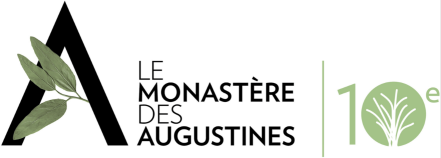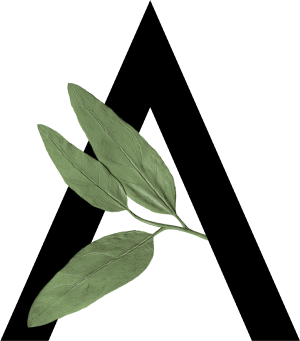The art of slowing down
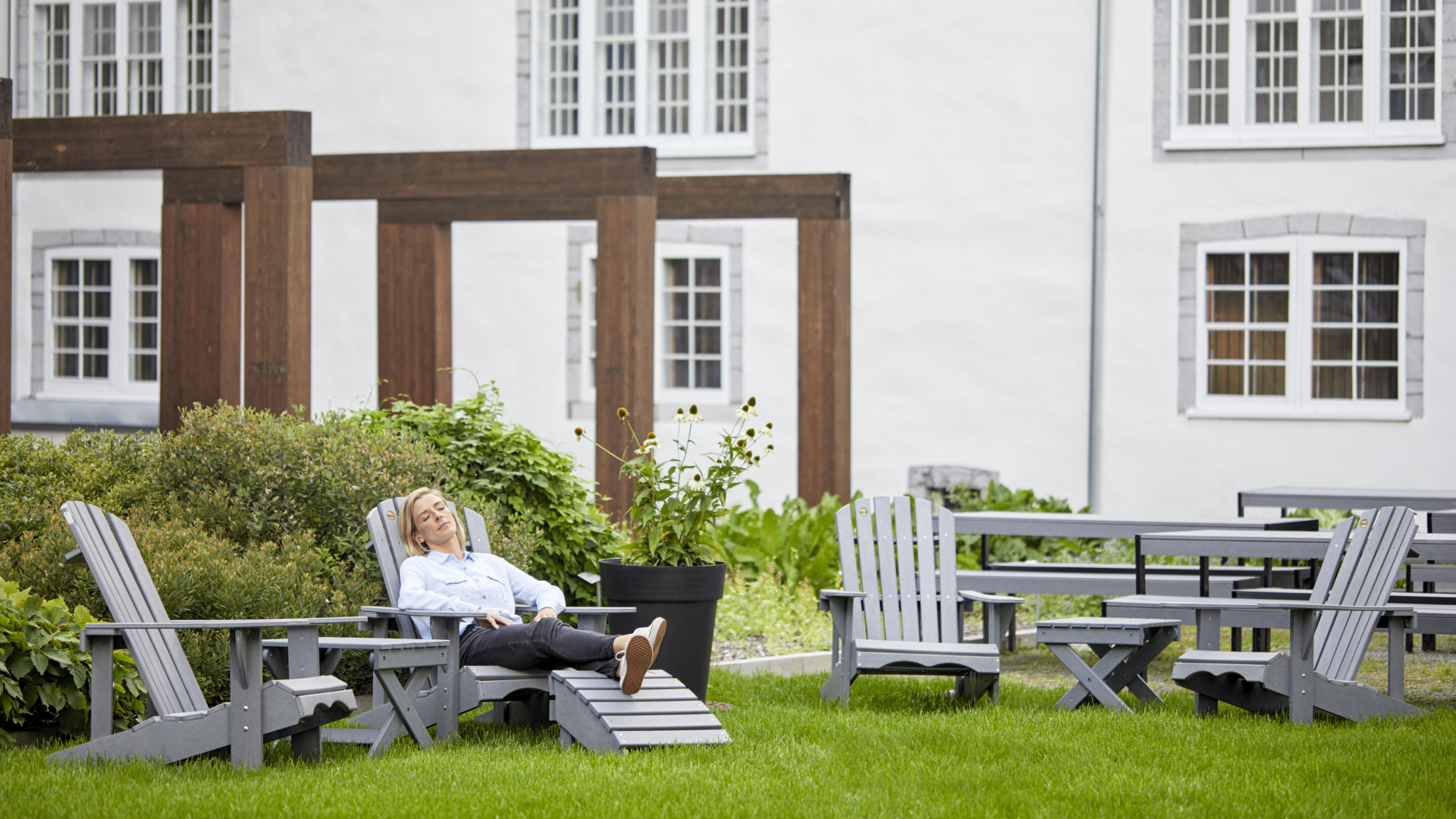
The art of slowing down, often referred to as “slow living,” is gaining increasing attention in a society where performance is central. Do you sometimes feel guilty about resting? Do you sense that your mental fatigue is accumulating? If so, you’re not alone! In 2023, 26% of Quebec’s population considered their pace of life overly busy1.
Fear of missing out—the famous FOMO—the glorification of productivity, instant culture, and hyperconnectivity are all gears fueling this performance-driven machine that permeates every aspect of our lives. Together, these create collective discomfort and a call to shift paradigms2. The art of slowing down offers an alternative, even marginal, perspective to this frantic pace. It appeals to those seeking meaning, questioning a perpetual race where no one ever truly crosses the finish line.
Going against the grain: daring to live differently
Lagom, hygge, wabi-sabi, ubuntu: these concepts from various cultural traditions may ring a bell. Popularized through books, podcasts, documentaries, or articles, these ideals often reflect a desire to live differently, stepping outside established frameworks. Despite their nuances, they share a common quest: a more mindful life rooted in simplicity, balance, and presence.
Like the art of slowing down, each of these philosophies reminds us in its own way that true well-being is found neither in accumulation nor in performance but in the quality of lived experiences and our ability to connect with ourselves, others, and the world around us.
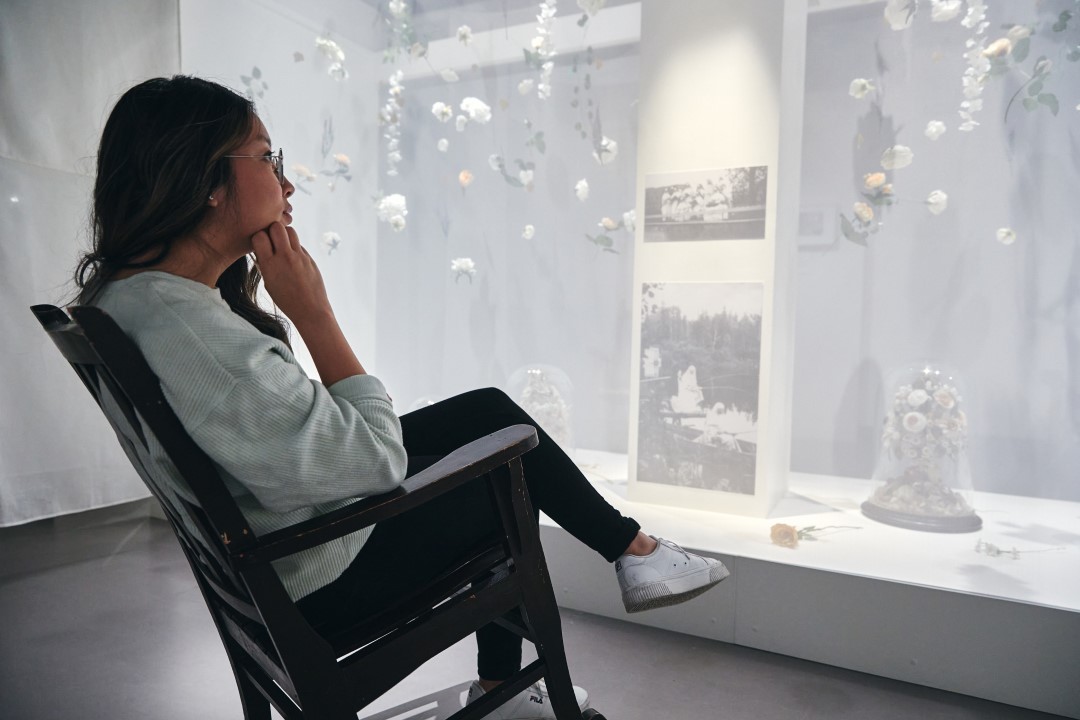
Slowness: insights from Latin
Slowness evokes a lack of haste in our movements, actions, and thoughts, but its etymology reveals an essential nuance. Derived from the Latin “lentus,” slowness does not imply immobility or laziness. On the contrary, it carries the notion of controlled flexibility, measured movement, and gentle resistance to haste, which often leads us to overlook the present moment. Thus, slowing down does not mean stopping or succumbing to laziness but rather exercising discernment in how we move forward.
Canadian writer and journalist Carl Honoré suggests in his book In Praise of Slowness, to reconnect with our “inner tortoise”. This invitation, steeped in wisdom, reminds us that another rhythm is possible—a more organic rhythm aligned with our deeply human nature. It’s not about rejecting progress or denying daily demands but rather relearning to inhabit time differently.
Embracing the art of slowing down
Slowing down in a world that values speed requires courage, consistency, mindfulness, and sometimes grieving the image of oneself as efficient, productive, and always up-to-date. Here are some pathways to embodying slow living and consciously choosing an atypical lifestyle:
1. Redefining success
Rather than measuring the value of a day in tasks accomplished or notifications answered, why not change your outlook with this question: what nourished me today? This exercise invites a compassionate view of what truly matters to you.
2. Accepting to displease the norm
Sometimes external demands conflict with our deepest needs – and listening to them takes courage. Saying “no” to another person sometimes means accepting disappointment. This gesture of self-affirmation can cause immediate discomfort – embarrassment, a fear of displeasing, a feeling of missing out. This temporary discomfort, however, gives way to space for what really matters: rest, clarity, self-awareness. A “no” to something that doesn’t suit us is sometimes the most beautiful way of saying “yes” to ourselves.
3. Listening to your body
The body is an excellent barometer: it speaks to us! Fatigue, tension and anxiety, for example, are signs that you need to slow down. Listening to your body means developing sensitivity to your thoughts, as well as to your physical and emotional feelings, so you can better understand your limits.
4. Cultivating spaces of calm
Noise isn’t limited to external sounds. It also resides in unspoken expectations, silent comparisons, and unsolicited intrusive thoughts. Turning off your phone, meditating, or simply taking a walk opens the door to tranquility. Though sometimes uncomfortable, silence can become a refuge conducive to clarity and creativity.
5. Sharing slowness
Choosing a slower lifestyle and resisting societal pressures alone can be challenging. If slow living resonates with you, why not share it with people who also value alternative lifestyles? Finding or creating a community that values slowing down can foster a sense of belonging and security in these choices.
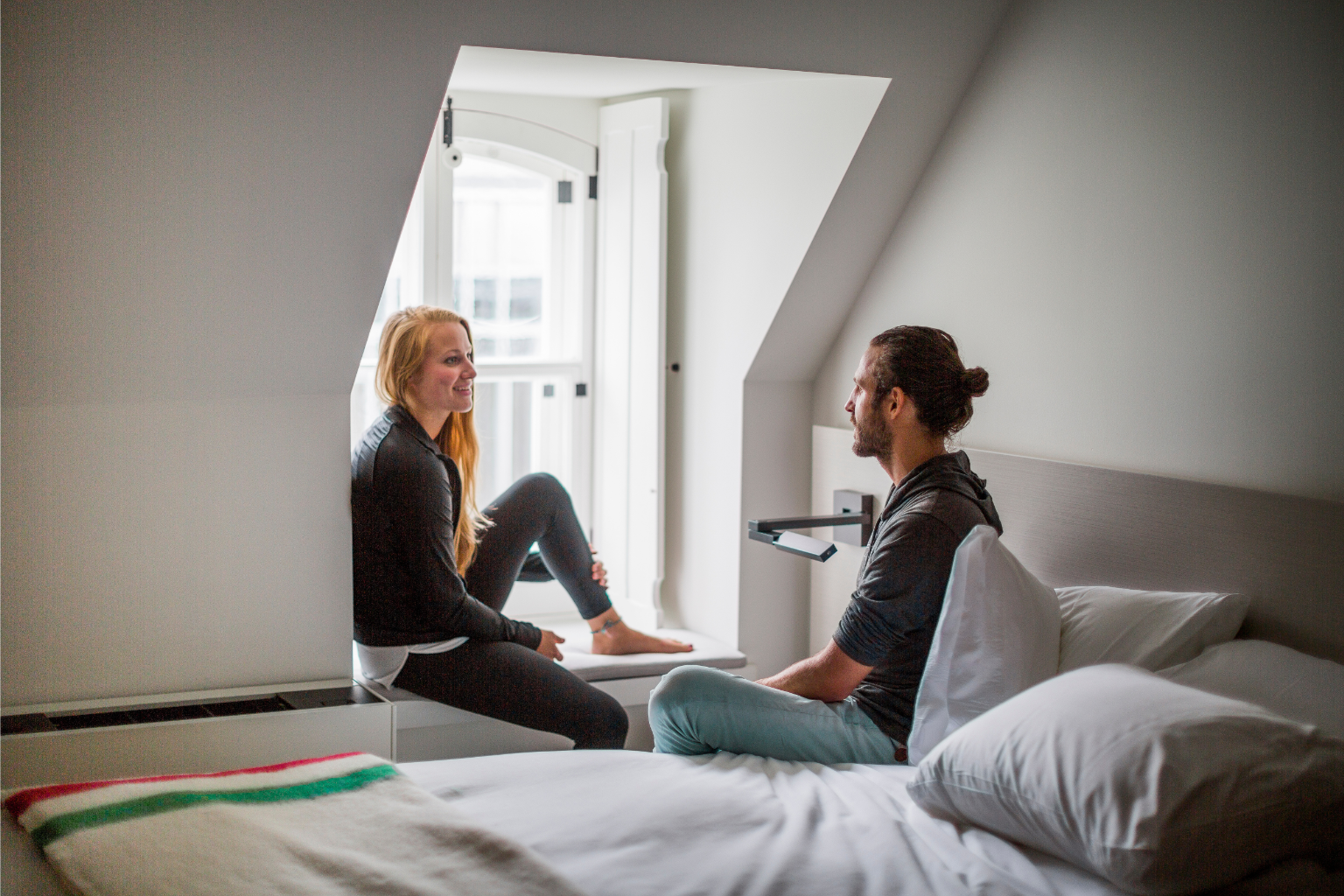
The art of slowing down is cultivated gently, day by day. Within this deliberate slowness lies newfound freedom—the freedom to live mindfully rather than on autopilot. In a world that prioritizes performance, often at the expense of balance, might the key lie in valuing slowness? Perhaps this is where another kind of richness begins: a time measured not by productivity but by presence. A space where one can simply breathe, feel, and exist. Because ultimately, what remains are rarely the rush or busy days, but the moments savored slowly, in mindful, gentle ways.
References:
Other references:
